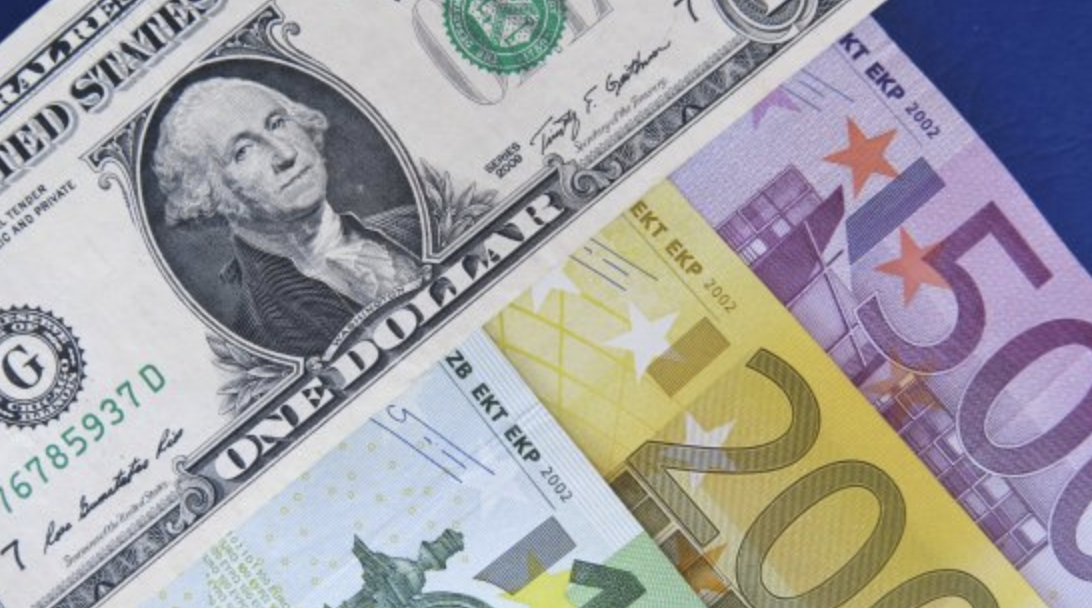EUR/USD Advances Above The 1.0880 Level, With Eyes On German CPI And US Important Data
Near 1.0880, the EUR/USD obtains momentum due to the USD's weakness. Following weaker U.S. data, Fed rate hike expectations decreased. The German Gfk Consumer Confidence Survey (September) was -25.5, compared to -24.6 the previous month. Market participants await the German CPI, US ADP private employment, and US GDP Q2 estimate.

The EUR/USD pair surges above the 1.0880 level during Wednesday's early Asian session. The dollar falls across the board as a result of a weakening US dollar and a precipitous decline in US Treasury yields. The major currency is presently trading at 1.0880, up 0.01% on the day. In the meantime, the US Dollar Index (DXY) falls below the critical support level at 103.50, while the 10-year yield falls from 4.20 percent to 4.12 percent, the lowest level in two weeks.
The Conference Board's (CB) Consumer Confidence Index for August fell to 106.10 on Tuesday, down from 114.00 in July and below the market consensus of 116.0. In addition, the US JOLTS Job Openings for July decreased to 8.827M compared to 9.165M in June and the anticipated 9.475M. The reading was the lowest since March of 2021. Lastly, the S&P/Case-Shiller Home Price Indices improved to -1.2% YoY from -1.7% previously and -1.2% as anticipated by the market. In response to the data, the USD loses considerable momentum and experiences its largest decline in over a month.
The US labour market is weakening, but not as anticipated by the Federal Reserve (Fed). The market anticipated that the Fed would delay rate rises until its meeting in September. According to the CME's FedWatch Tool, markets are pricing in a 16% chance of a rate rise at the September meeting, compared to a 20% chance prior to this meeting. In turn, this results in some selling pressure on the USD.
In contrast, the German GFK Consumer Confidence Survey for September came in at -25.5, down from -24.6 the previous month and worse than the consensus estimate of -24.3. The money supply in the Eurozone decreased for the first time since 2010 as private sector lending slowed and deposits decreased. The most recent data could persuade the European Central Bank (ECB) to pause interest rate hikes at its September 14 meeting.
US ADP private employment and estimate of Q2 Gross Domestic Product (GDP) data are scheduled for release on Wednesday, followed by US inflation data on Thursday and the highly anticipated Nonfarm Payrolls on Friday. On the EU agenda, the preliminary Spanish and German Consumer Price Index (CPI) for August and the ECB Meeting Minutes will be released. Traders will take cues from the EUR/USD pair to identify trading opportunities.
Bonus rebate to help investors grow in the trading world!

 English
English

















